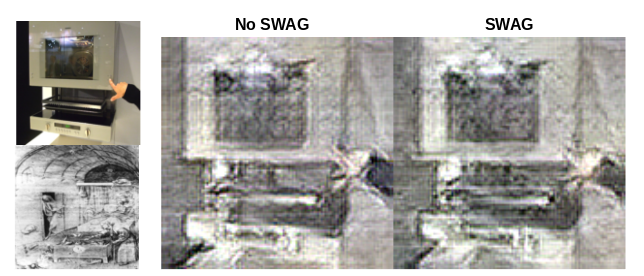Antioch Sanders
Proposal
I would like to shrink down a model so that I can perform robust arbitrary style transfer on the
OAK-1, a hardware platform for light-weight deep-learning based computer vision. I would like to
mix two ideas from recent literature (2021) in order to do so in a manner that is not only fast,
but presents high-quality results. The two papers are:
Rethinking and improving the robustness of image style transfer
Drafting and revision: Laplacian pyramid network for fast high-quality artistic style transfer
However, because the OAK-1 platform is so new, some of the base code that previously worked
no longer works, or was not well documented. Thus, in this work I show how I decreased parameter size
etc., but was not able to run the models on the device.
Initial Big-Model Results
With the original AdaIn before this project, these are results I am able to get:


Low-Res Results Residual SWAG
However for experimentation, I had to drastically lower the resolution. I also moved to using a
residual network, since I can shrink a residual network to be smaller. The first papers also
says that for the residual network, it is good to use SWAG. Swag is where in the loss functions,
the activations are either multiplies by a value near 0, or taken a softmax over some or all
dimensions. Originally, this led to lots of images like so:

I had to do extensive hyperparameter experimentation to fix this; the lambdas had to be changed
by several orders of magnitude in order to fix the problem. After this, my results looked like so:

You can see that by switching to the residual network and using SWAG, there's not a lot of
difference. However, I also didn't notice a big difference just switching to the residual net.
By switching to the residual network for the encoder, I was able to greatly decrease model size,
with very little change in how the output looks (once SWAG is used). In fact, I go from 683072
parameters to 3509568 parameters; I decrease model size by 80%, and still get the results from
above. This in theory should be enough to fit on the OAK-1.
For the draft and revision network, I have built certain components of the model, but there is
still work to be done; the parts I do have are present in the code submission.
Here are some more images:









